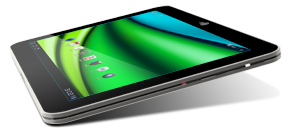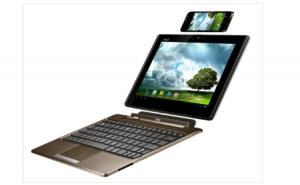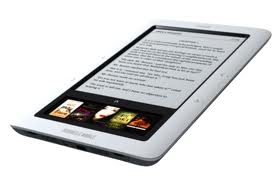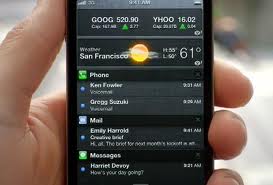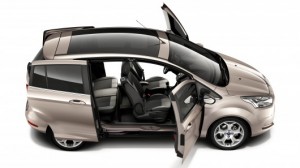Today marks the official start of the ‘Is it an iPad killer’ season, spring edition. Toshiba has the honor of kicking off this event with the release today of its Excite 10 LE tablet, beating Apple’s latest iPad announcement by a day.
Now I do not believe that a tablet has to be an iPad killer, look at the success of both the Barnes & Noble Nook and the Amazon Kindle. Now some might argue that they are e-readers and not really tablets but so what? They found a market segment and are thriving.
There is undoubtedly a huge market segment that is currently underserved by the tablet market in the 10-inch space. Not because Apple’s iPad is not a great product but because not everyone wants an Apple iPad. Some want an Android; some may just not like Apple.
It does not really matter, the issue to date has been that no one has really tapped into that market successfully yet, but that day is nearing. Expect to start seeing available for purchase tablets that were announced last year, at this year’s CES and last weeks’ Mobile
Back to Toshiba, it has a stellar offering in its latest design, originally announced at CES, that at least of today is the lightest 10-inch tablet available and is available in two models starting at $530.
It features a backlit 10.1-inch color display with 1280 x 800 resolution made with Gorilla Glass to help prevent scratching. It is powered by a Texas Instruments 1.2GHz dual core OMAP 4430 processor and is only .3-inch thin (or 7.7mm) and weighs in at 1.2 pounds.
While it currently runs Android version 3.2 operating system the company has said that when Ice Cream Sandwich (4.0) is available the tablet will be upgraded to that OS. The Wi-Fi enabled tablets are available in a 16GB version for $530 and the 32GB version for $600.
The tablets feature a 2MP front camera and a 5MP rear facing camera as well as featuring the ability to record 1080p video. It features a variety of interfaces including microUSB, microSD and HDMI ports. Toshiba said that the 10 LE will have an expected battery life of 8.5 hours.
It is interesting to see how much Toshiba has changed its design philosophy from its last generation Thrive models, which compare very poorly to the 10 LE. It is probably that the company simply rushed the delivery of the first generation and would have been better served to sit back and wait to deliver a better product and let others make the mistake in delivering poorly designed ones. Ah hindsight is such a wonderful thing.
Now that Toshiba is out, with the iPad tomorrow and a number of others expected in the following weeks the drum beat will start about iPad killers rather than asking the more important question of which tablet meets your price range and meets your usage needs.
